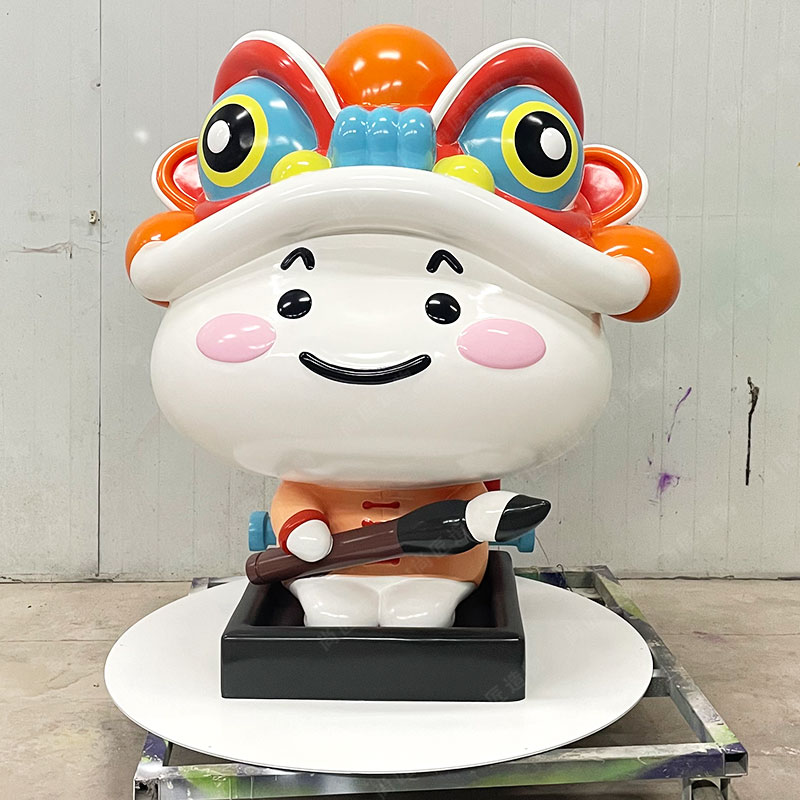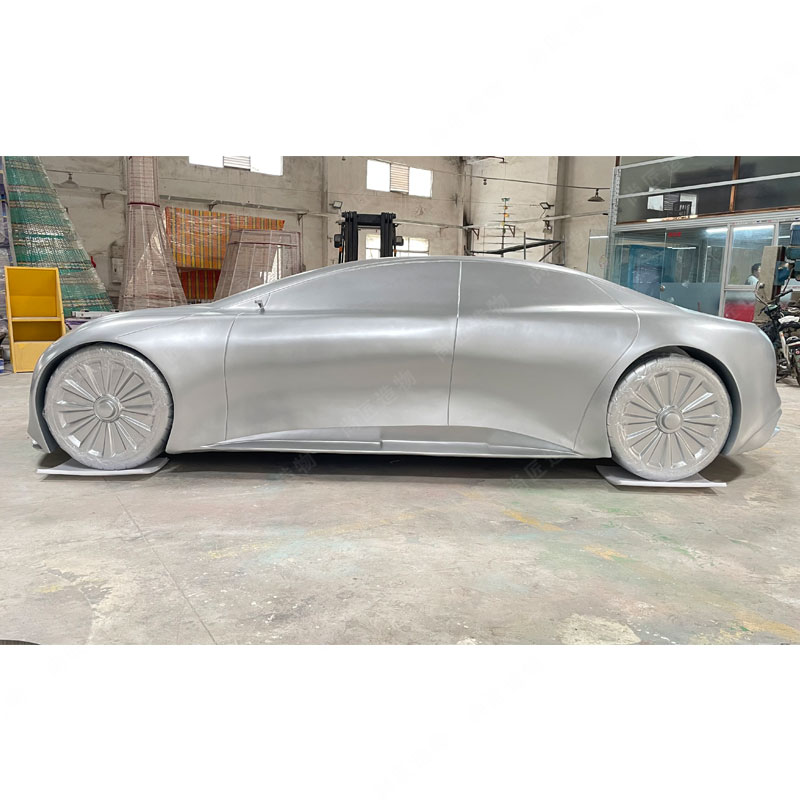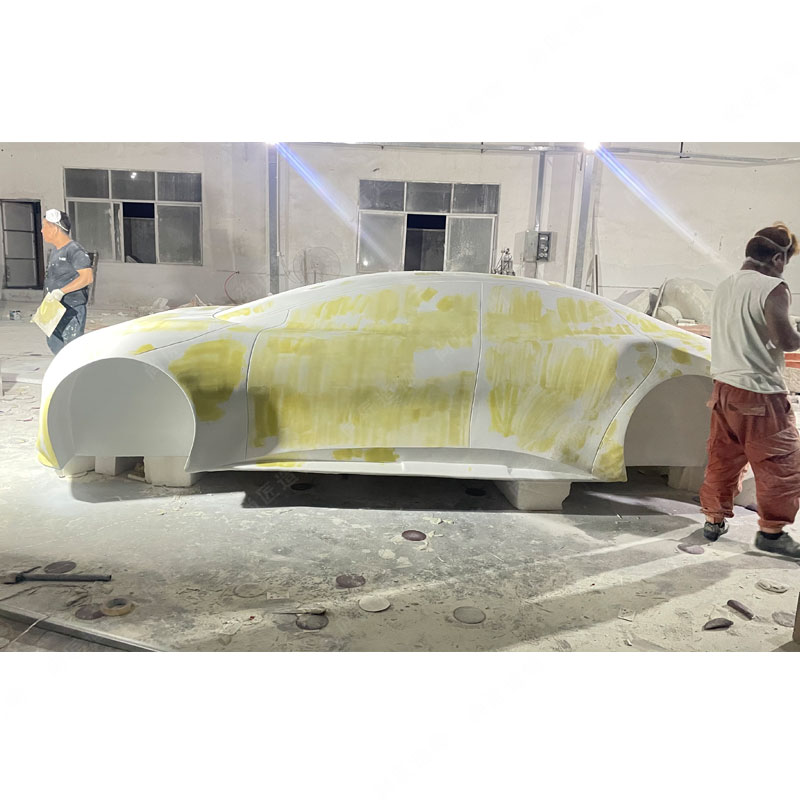Choosing between stainless steel and fiberglass for sculptures involves understanding the unique properties and benefits of each material. Stainless steel stands out for its superior durability, making it an excellent choice for enduring outdoor installations. Its resistance to rust and environmental wear ensures that sculptures maintain their appearance over time, while its reflective surface creates unique light interactions that enhance the visual experience. In contrast, fiberglass, while lighter and easier to mold into intricate shapes, lacks the longevity of stainless steel and may require more maintenance due to weather-related wear. Artists must carefully consider how these characteristics align with their artistic vision and the intended environment for their work, as the choice of material profoundly influences both aesthetic appeal and practical viability.
The Advantages of Stainless Steel Sculptures Over Fiberglass
When comparing stainless steel to fiberglass for sculptures, durability is a significant advantage. Stainless steel is resistant to rust, dents, and extreme weather, making it a long-lasting choice for outdoor installations. In contrast, fiberglass can be prone to damage from UV exposure and environmental elements. Additionally, stainless steel offers a sleek and contemporary aesthetic that can enhance the visual appeal of any art piece.
This material's reflective quality allows for unique interactions with light, creating dynamic visual experiences that fiberglass cannot replicate. Artists appreciate the versatility of stainless steel as it can be manipulated into intricate designs while maintaining structural integrity. As you consider material options for your next artwork, remember that the choice of medium not only affects durability but also impacts the overall expression of your vision.
"Selecting materials thoughtfully can elevate your artistic message."
For more insights on the comparison between these materials, you can explore more about Stainless steel sculptureoptions available in contemporary art.
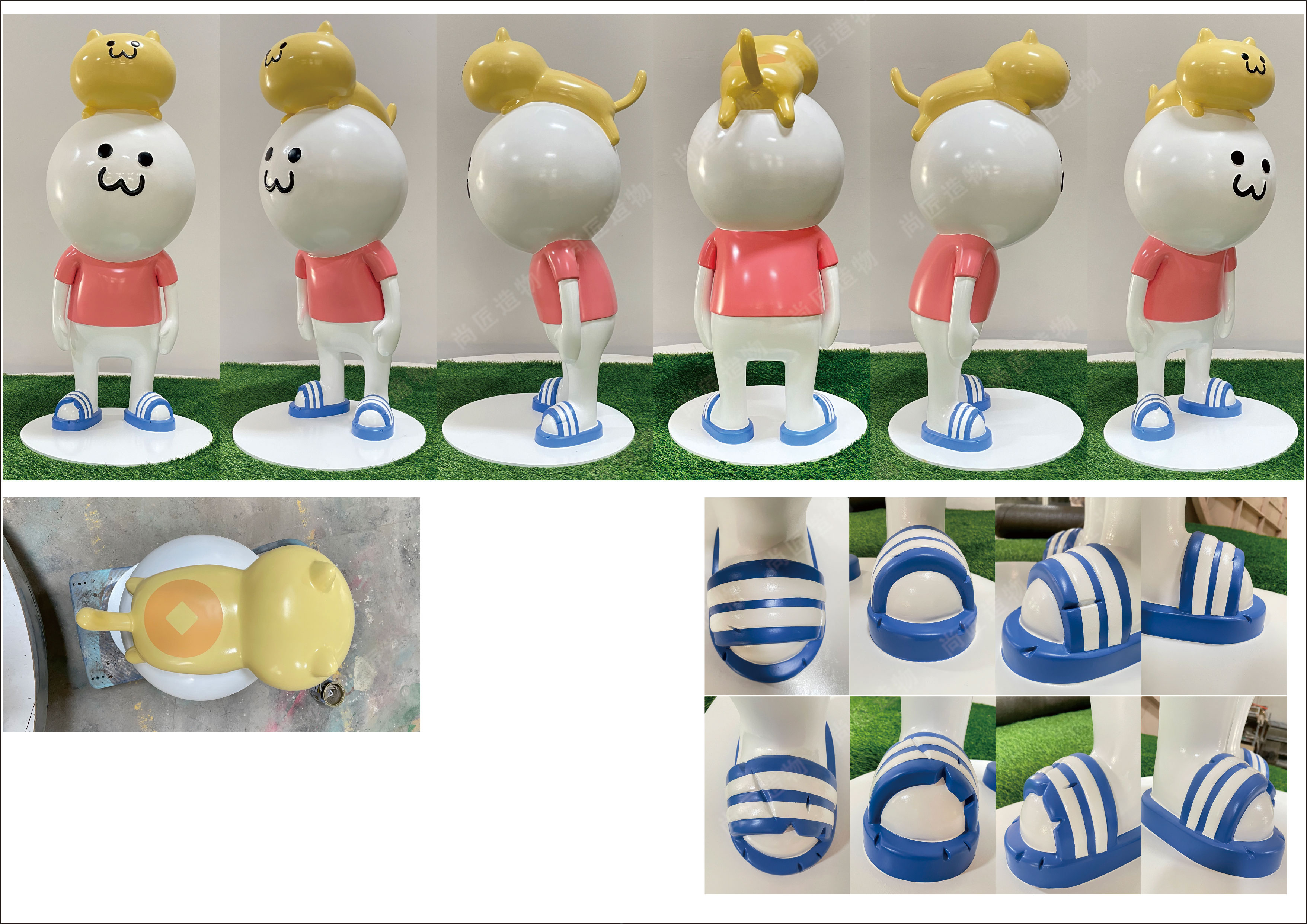
Comparing Durability: Stainless Steel vs. Fiberglass in Sculptures
When considering the durability of sculptures, stainless steel offers distinct advantages over fiberglass. Stainless steel is resistant to rust and corrosion, making it ideal for outdoor installations where weather conditions can be harsh. In contrast, fiberglass may deteriorate over time, especially if exposed to elements like UV rays or moisture without proper sealing. The sturdiness of stainless steel allows for larger and more intricate designs without compromising structural integrity. Additionally, it can withstand impacts and pressure better than fiberglass, which can be more prone to cracking or chipping. This durability not only enhances the longevity of a sculpture but also ensures that it maintains its appearance without extensive maintenance. For artists who prioritize resilience in their works, stainless steel serves as a reliable choice for enduring artistic expression compared to the more vulnerable Fiberglass sculpture.
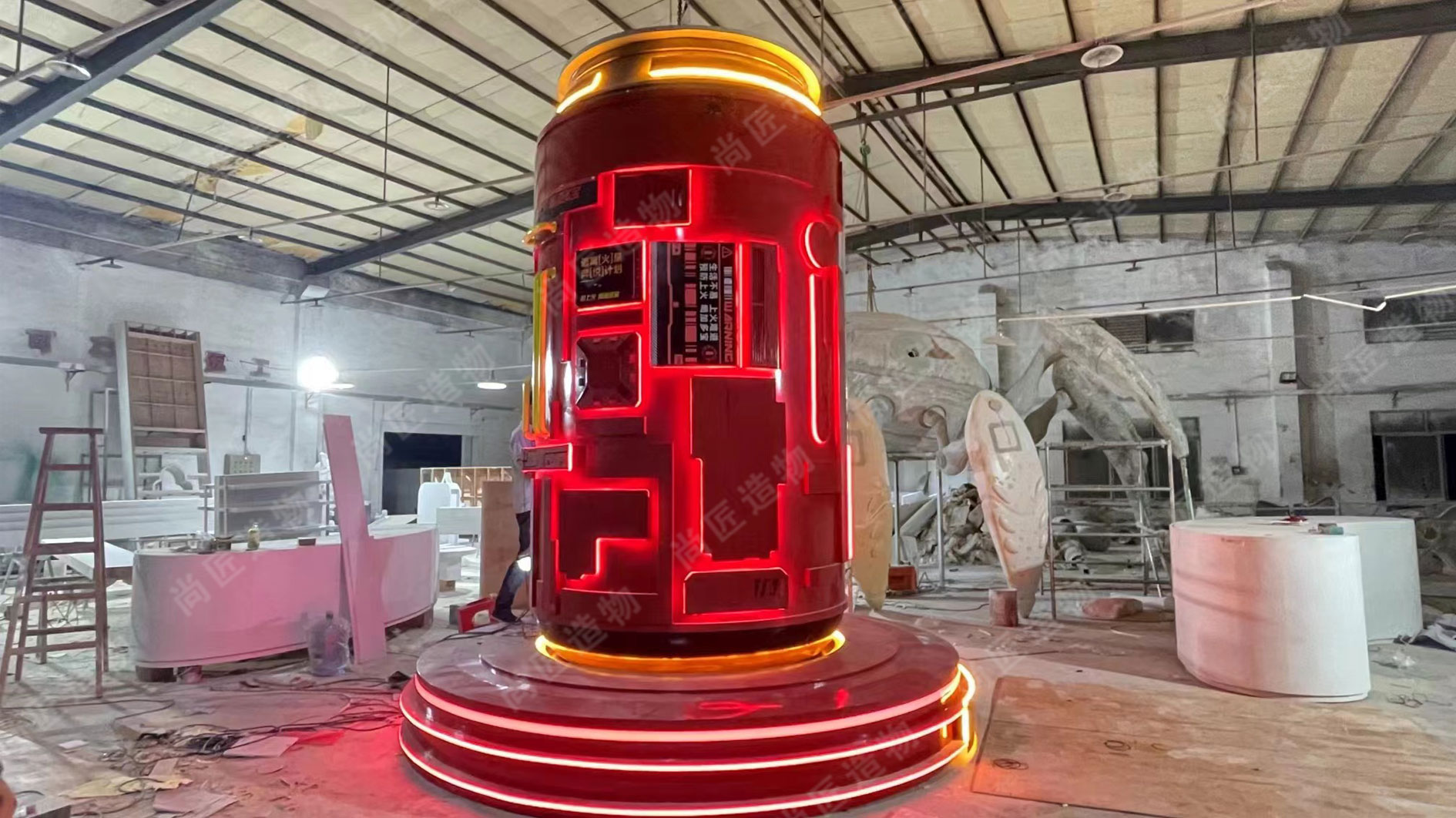
Aesthetic Comparisons: Why Choose Stainless Steel for Art Projects?
Stainless steel sculptures offer a distinctive aesthetic that sets them apart from fiberglass creations. Their sleek, polished surfaces reflect light beautifully, enhancing visual depth and creating dynamic interactions with their surroundings. This material readily adopts a modern, minimalist look, making it a popular choice for contemporary art installations. In contrast, fiberglass can often look less refined and may lack the same level of detail as corrosion-resistant stainless steel. Furthermore, stainless steel's ability to withstand weathering allows it to maintain its appearance over time without the worry of degradation or fading. This longevity contributes not just to the sculpture's life cycle but also to its aesthetic appeal in varying environments. Additionally, the ability to paint or finish stainless steel opens up artistic possibilities while preserving the material's inherent strength and beauty.

Versatility of Sculpture Materials: Exploring Stainless Steel and Fiberglass
When considering sculpture materials, the choice between stainless steel and fiberglass hinges on several factors. Stainless steel offers unmatched durability, making it suitable for both indoor and outdoor installations. Its corrosion resistance ensures longevity, which can be a vital aspect for public art projects exposed to the elements. In contrast, fiberglass can provide a lighter alternative, allowing for intricate shapes and designs that might be challenging with heavier materials. The molding process for fiberglass also allows artists to create unique textures and finishes that can mimic other materials. However, stainless steel's aesthetic appeal often shines through its sleek surface and finish options, appealing to modern art sensibilities. Ultimately, the versatility of these two materials opens new avenues for creative expression in various artistic endeavors. For those interested in creating realistic sculptures, exploring Realistic sculpturetechniques might reveal more insights into material application.
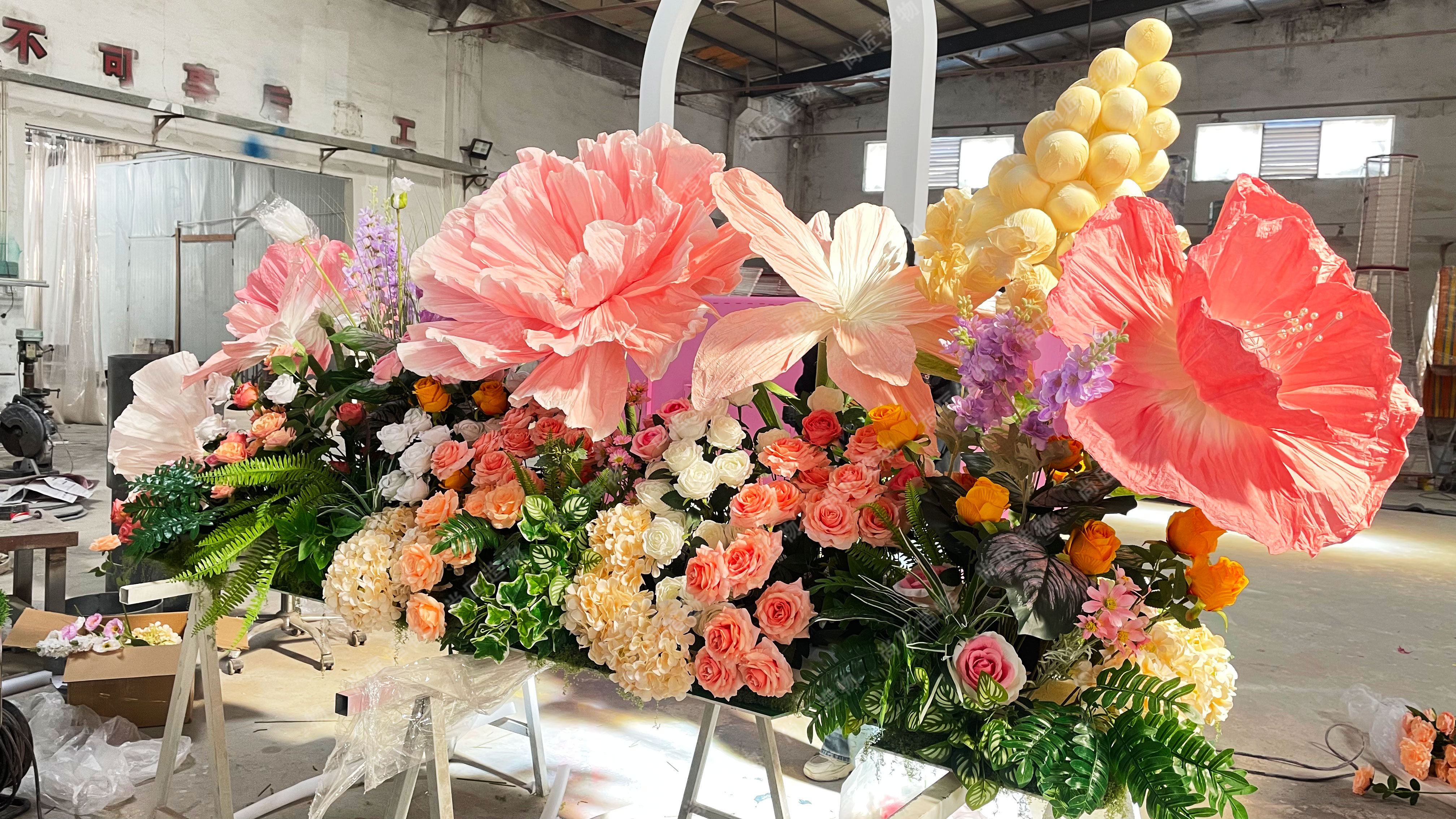
The Impact of Material Choice on Artistic Expression in Sculpture
The choice of material significantly shapes an artist's ability to express their vision. Stainless steel, known for its strength and longevity, allows for intricate designs that can withstand the test of time. Its reflective surface can create dynamic visual effects, changing with light and surroundings, which enhances the overall aesthetic. On the other hand, fiberglass offers flexibility in form and can be molded into complex shapes easily. However, it may not provide the same durability or visual impact. Artists must consider not just how materials affect the structural integrity of their pieces but also how they resonate with viewers emotionally. The right material can evoke specific feelings and convey deeper meanings, ultimately influencing how a sculpture is perceived in various settings.
Stainless Steel Sculptures: A Long-Lasting Alternative to Fiberglass
Stainless steel sculptures offer a durability that fiberglass simply cannot match. Known for their resistance to corrosion and environmental factors, stainless steel can withstand harsh conditions, making it ideal for outdoor installations. Unlike fiberglass, which may degrade or require regular maintenance, stainless steel retains its luster over time without extensive care. Aesthetically, stainless steel provides a sleek and modern look that reflects light beautifully, adding depth to any art project. This material also supports a range of artistic expressions due to its ability to be shaped and polished into intricate designs. When considering materials that prioritize longevity and visual impact, stainless steel stands out as a versatile choice for artists looking to make a bold statement in their work. For those interested in innovative approaches, IP character sculpture can provide inspiration and perspective on harnessing the unique properties of this material effectively.
How Material Properties Influence the Visual Impact of Sculptures
The choice of material plays a vital role in determining the visual impact of sculptures. Stainless steel, known for its sleek and shiny finish, can create a captivating effect that draws viewers in. Its reflective qualities can manipulate light, allowing the sculpture to change appearance based on the surrounding environment and audience perspective. On the other hand, fiberglass offers a smooth surface that can be painted or finished in various colors, providing flexibility in design but often lacking the high-end feel of metals. Additionally, the weight and stability of stainless steel sculptures contribute to a robust presence that often makes them appear more monumental than their fiberglass counterparts. This inherent difference in material properties influences not just aesthetics but also viewer engagement and interpretation of the artwork. Whether pursuing kinetic sculpture or fixed designs, selecting between stainless steel and fiberglass ultimately shapes artistic expression and viewer experience significantly.
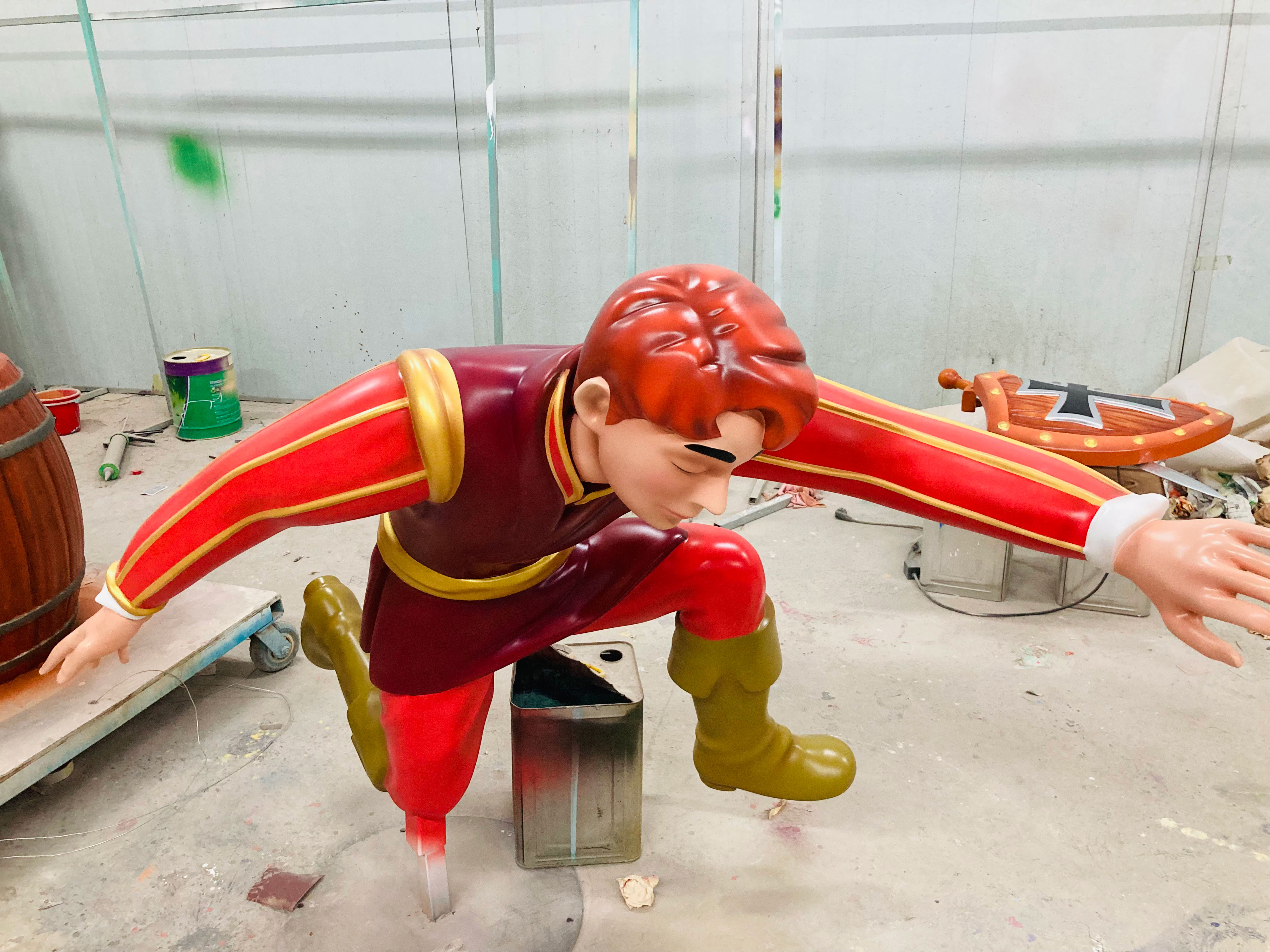
Creative Exploration: When to Use Stainless Steel Instead of Fiberglass
When considering materials for sculptural projects, artists may lean towards stainless steel for several reasons. Stainless steel offers remarkable structural integrity and resistance to environmental factors, making it suitable for both indoor and outdoor displays. Its strength ensures that sculptures can withstand harsh weather, adding longevity to an artwork. Moreover, this material allows for a high level of detail and precision in design, which is crucial for creating visually stunning pieces. Artists appreciate the shiny finish of stainless steel that can enhance the aesthetic appeal through reflections and highlights, contributing to a dynamic visual experience. In contrast to fiberglass, which may require additional support due to its relative fragility, stainless steel stands firm under varying conditions. This makes it an ideal choice for larger installations or public art projects where durability is key.
Conclusion
In choosing between stainless steel and fiberglass for sculpture, artists need to consider both material properties and intended artistic outcomes. Stainless steel provides unmatched durability, making it a reliable choice for both outdoor and indoor installations. Its ability to resist environmental degradation ensures that created art lasts longer while maintaining its visual impact. The reflective nature of stainless steel enhances the interplay of light with the sculpture, inviting engagement from viewers. On the other hand, while fiberglass offers flexibility in shaping, it may not match the robust presence that stainless steel provides. Ultimately, the decision hinges not only on appearance but also on how well each material aligns with the artist's vision and the sculpture's intended setting. The material choice profoundly influences both artistic expression and audience perception, shaping the overall experience of the artwork.
FAQs
What are the main differences between stainless steel and fiberglass sculptures?
Stainless steel sculptures are known for their durability and sleek aesthetic, while fiberglass is lighter and more flexible but may not be as weather-resistant.
How does durability impact the choice of material for sculptures?
Durability is crucial, especially for outdoor art. Stainless steel withstands harsh elements better than fiberglass, which can degrade over time.
Can stainless steel sculptures create different visual effects?
Yes, the reflective surface of stainless steel allows for dynamic interactions with light, enhancing the overall visual experience.
Why might an artist choose fiberglass over stainless steel?
Artists might opt for fiberglass when seeking a lightweight material that can be molded into intricate designs or if cost considerations are pivotal.
How does the choice of material affect maintenance?
Stainless steel requires less maintenance than fiberglass, as it resists rust and wear better, making it ideal for long-term installations.
 ch
ch English
English

